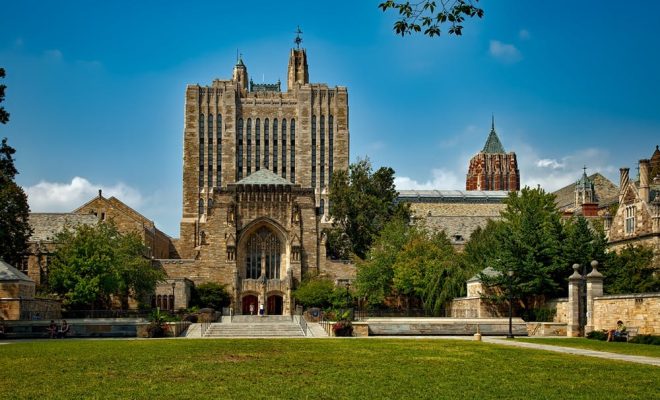The Sobering History of Native American Education in the 19th Century

Early American history laid the foundations for today’s educational system. While much of that foundation was the groundwork for growth and change, not all of it has been so progressive. The history of the Native American population after the arrival of colonists has been one filled with conflict and force, and the treatment of the Native American people within the context of education has unfortunately not been much different.
The Indian Removal Act of 1830 was a policy of coercion that relocated the Cherokee from their native lands to reserve lands west of the Mississippi. Battles over the land and diseases brought by European settlers resulted in a tremendous decline in the Native American population. Many Native Americans also died as a result of the harsh conditions experienced on the Trail of Tears.
Beginning in the 19th century, there were a number of misguided attempts to educate Native American children. Residential schools, run by religious organizations, were set up, and Native American children were forced to attend. The primary focus of these schools was to assimilate Native children to dominant the American culture’s language, values, and behaviors through a process of deculturalization. Children were forbidden to use their language or engage in Native American customs, in an attempt to replace their culture with the dominant American culture. Unfortunately, residential schools were largely successful in this practice, and some were still in existence up to 1980.
A series of reforms were attempted by the U. S. government to correct the misguided policies of the Indian Act. The first, put into place in the 1900s, were instituted by John Collier, the Executive Secretary of the American Indian Defense Association. In his bulletin American Indian Life, Collier juxtaposed the extreme poverty of many Indians with the prosperity of most White Americans in the 1920s. The public outcry following the publication of the bulletin led the government to commission a report entitled Committee of One Hundred, which sought to assess the current state of Indian affairs.
The Indian Citizenship Act of 1924 officially granted U.S. citizenship to Native Americans. In 1926, The Institute for Government Research formed the Committee of One Hundred and conducted an investigation into Indian affairs. A report published by this body in 1928 came to be known as the Meriam Report. The Meriam Report chronicled the operational problems of residential schools, and the poverty and poor health of Native Americans. It called for a broader curriculum, better facilities, and more qualified teachers.
Under Franklin D. Roosevelt, Congress passed the Indian Reorganization Act of 1934. This act recognized the sovereignty of tribal self-government. The Johnson O’Malley Act was also passed, making states responsible for the education of Native American children.
However, the further coercion of these policies without consultation with Native American tribal governments resulted in little progress toward creating a viable solution to the Native American educational crisis, and the issue still persists to this day.






